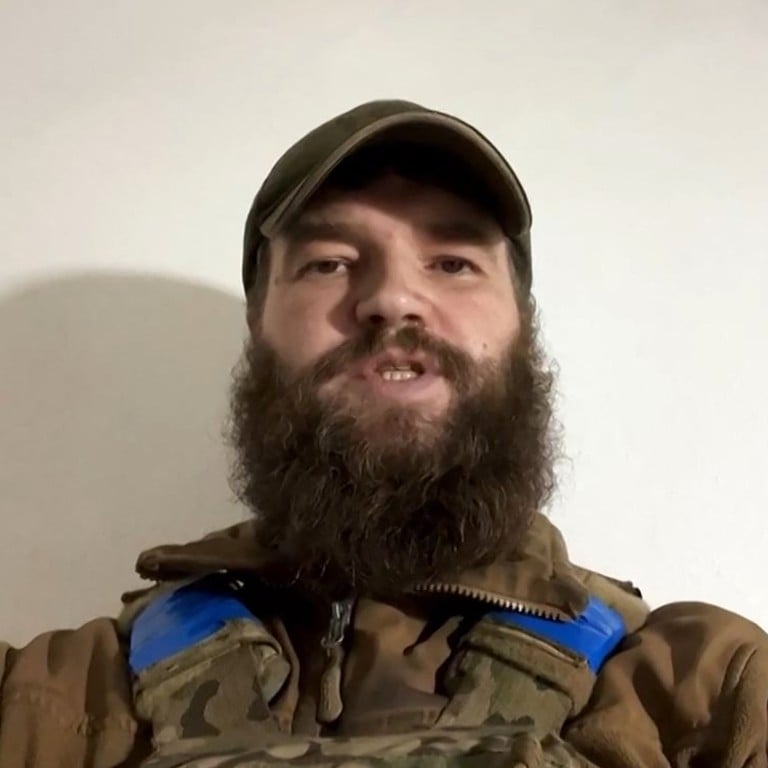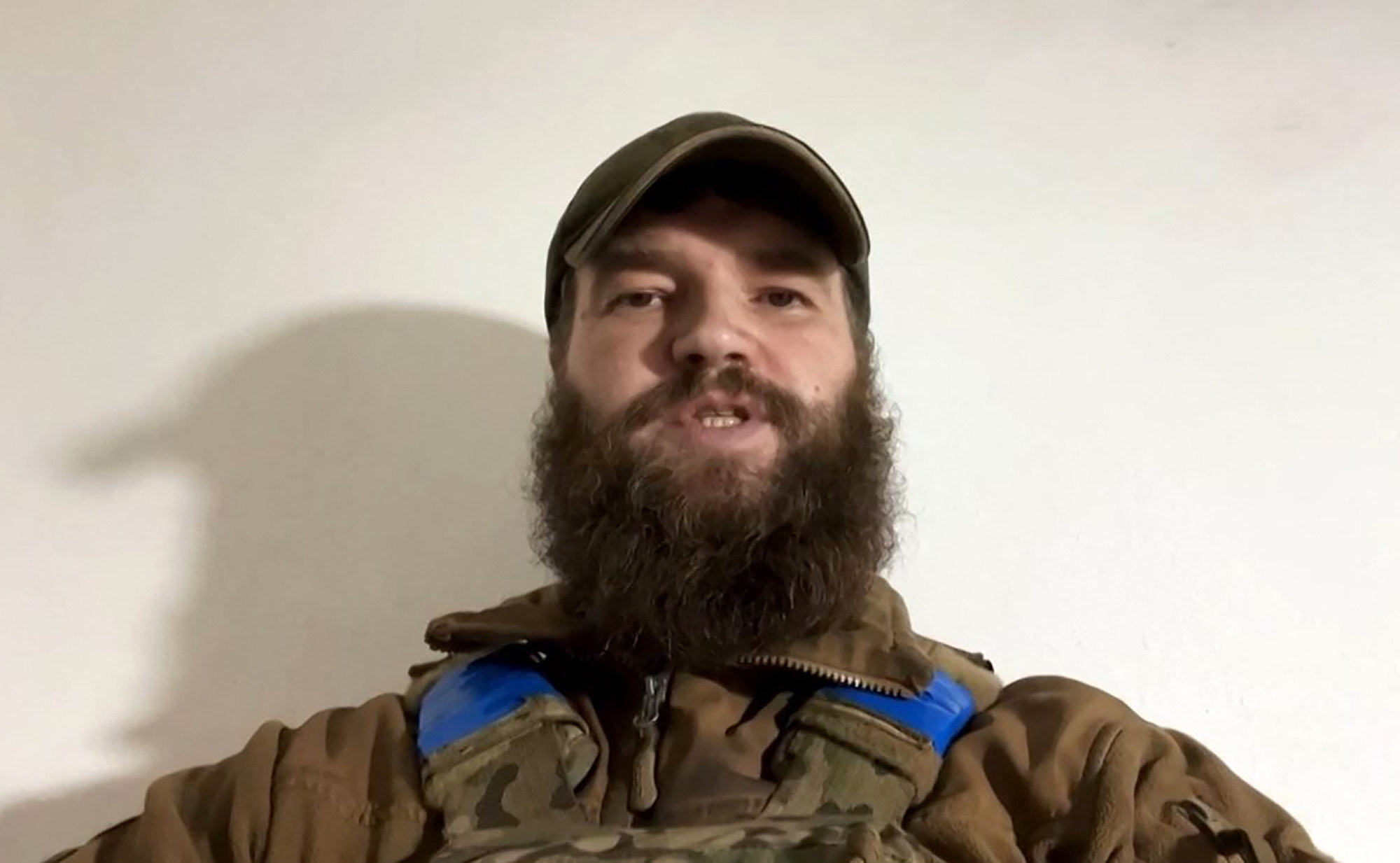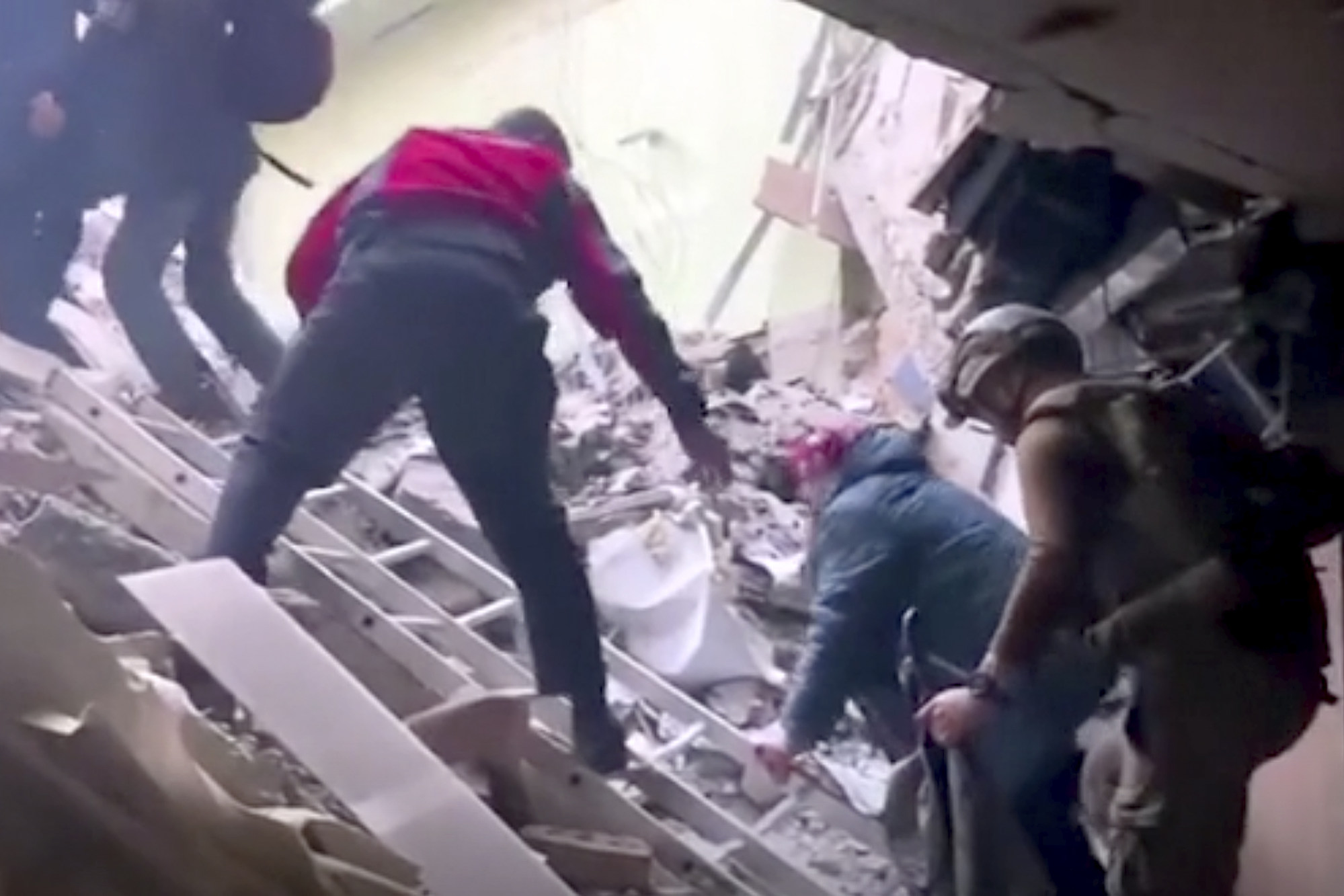
Ukrainian troops unlikely to get easy exit from Mariupol’s Azovstal steel mill, experts say
- Hundreds of Ukrainian soldiers and civilians have for weeks been holed up at the Azovstal steelworks in Mariupol, trapped under heavy Russian fire
- Western experts say the remaining Ukrainian forces may have difficulty getting out of the sprawling factory as free men or even alive
Following the evacuation of some civilians from a steel mill besieged by Russian forces in the port of Mariupol, attention is turning to the fate of hundreds of Ukrainian troops still inside after weeks in the plant’s warren of underground tunnels and bunkers.
Their choice seems to be either fighting to the death or surrendering in hopes of being spared under the terms of international humanitarian law.
But Western experts say the troops, who count both able-bodied and wounded among their ranks, are unlikely to be afforded an easy exit and may have difficulty getting out of the Azovstal steelworks as free men or even alive.
“They have the right to fight until they are dead, but if they surrender to Russia, they can be detained,” said Marco Sassoli, a professor of international law at the University of Geneva. “It’s simply their choice.”
With the soldiers’ futures hanging in the balance, Sassoli said it shouldn’t be ruled out that the Russians would treat them in accordance with international law: “It would be not accurate to say the these poor guys in Azovstal should not surrender to the Russians because the Russians will execute or torture them.”
Laurie Blank, a professor at Emory Law School in Atlanta who specialises in international humanitarian law and law of armed conflict, said injured fighters are considered “hors de combat” - literally “out of the fight” - and can be detained as prisoners of war.
Ukraine war: Mariupol plant evacuees reach safety; Russia ready for talks
“Russia could let the injured Ukrainian troops return to Ukrainian areas but is not required to,” she said.
The sprawling, seaside Azovstal mill is a key war objective for Russian forces as the last holdout of resistance in coastal southeastern Ukraine, after a grueling, obliterating siege of Mariupol.
The wives of at least two Ukrainian soldiers inside Azovstal have been in Rome pleading with the international community for an evacuation of the soldiers there, arguing they deserve the same rights as civilians.
Kateryna Prokopenko, whose husband, Denys Prokopenko, commands the Azov Regiment that has been defending the plant during the Russian siege of Mariupol, told Associated Press she went without word from him for more than 36 hours before finally hearing from him on Wednesday.
He told her that Russian soldiers had entered Azovstal and “our soldiers are fighting, it is crazy and difficult to describe,” she said.
“We don’t want them to die, they won’t surrender,” Kateryna Prokopenko said. “They are waiting for the bravest countries to evacuate them. We won’t let this tragedy happen after this long blockade.”

“We need to evacuate our men as well,” she said.
Ukrainian authorities have also demanded that Russia offer the Azovstal soldiers a safe exit - with their weapons.
But experts say it would be nearly unprecedented for them to be simply allowed to walk free, not least because they could take up arms again and possibly cause Russian casualties.
“It is unlikely that Russia would allow Ukrainian troops to leave the plant with their weapons and nothing in the law would require that,” Blank said.

Instead, the Russian military has called on the troops inside Azovstal to lay down their arms and come out with white flags. It says those who surrender will not be killed, in line with international law.
The commanders of the Ukrainian resistance at the plant have repeatedly rejected deadlines that Russia gave for their surrender.
Why the battle for Mariupol’s steel plant matters
But in a new video recording, the Azov Regiment’s deputy commander, Sviatoslav Palamar, said some soldiers should be allowed out - particularly injured ones - and he called directly upon Ukrainian President Volodymyr Zelensky for help.
“I personally appeal to the commander-in-chief to take care of wounded soldiers who are dying in agony from inadequate treatment,” he said.

In another video released over the weekend, Palamar indicated the Ukrainian fighters were ready to leave the plant, which was the older part of Mariupol not under Russian control.
“(We need) guarantees of third side (third parties), politicians, world leaders who will cooperate to negotiate with Russians to extract us from here,” he said.
Putin claims ‘liberation’ of Mariupol, halts plan to storm steel plant
“They (the Russians) don’t want to lose their soldiers, and we continue to keep resistance. So the best solution in this situation is our evacuation,” Palamar said. “Does it make sense to continue carrying this massacre?”
Doubts have swirled around Russia’s willingness to uphold its commitments regarding prisoners of war if the Azovstal fighters were taken captive due to a lack of information on how Ukrainian soldiers captured already have fared.

International humanitarian law “grants absolute protection to POWs against ill treatment and murder. Violations of these norms are war crimes,” Annyssa Bellal, a senior researcher and international humanitarian law expert at the Geneva Graduate Institute, said. “The respect of the norms, though, is dependent on the will of the parties to the conflict.”
International norms have allegedly been breached by both sides during 2 1/2 months of war, as seen in evidence of execution-style killings of civilians that emerged following Russian withdrawals near Kyiv, and the desecration of corpses that may have been Russian troops outside the city of Kharkiv.
Protections of POWs date back generations, including to the 1863 Lieber Code, which was drafted during the US Civil War. Moscow itself benefitted significantly from such rules during World War II, when Nazi forces applied them at times with respect to Russian detainees.
Russians drop bunker-busters on Mariupol steel plant ‘fortress’
Under the Geneva Conventions, POWs “must at all times be humanely treated” and may not be “subjected to physical mutilation or to medical or scientific experiments” that aren’t justified for health reasons. Members of armed forces who are wounded or sick, meanwhile, “shall be respected and protected in all circumstances”.
Unlike civilians, prisoners of war may be forcibly sent to other countries to keep them from returning from the battlefield.
A 2016 interpretive document for the Geneva Conventions says medical treatment of POWs is fundamental and “the person of the soldier who is wounded or sick, and who is therefore hors de combat, is from that moment inviolable”.
There are differences of interpretation, however, over whether injured combatants may be targeted in war, said Sassoli, who was on a three-person team commissioned by the Organisation for Security Cooperation in Europe that travelled to Ukraine in March.
The International Committee of the Red Cross plays a crucial and nearly exclusive role in conflicts around the world mediating between combatants on matters such as arranging prisoner swaps and monitoring detainee conditions. Among other things, the ICRC collects names of POWs and reports back to their governments and families.
Yet the ICRC has not said whether it has met with any POWs in Russian custody since the war began February 24, a silence that Sassoli said could be a “bad sign”.
Asked by AP whether ICRC has visited any war detainees, spokesman Jason Straziuso said briefly: “The issue of prisoners of war is extremely important and we are closely engaging with the parties to the conflict on the topic”. He declined to comment further.
On Tuesday, Pascal Hundt, the ICRC’s chief in Ukraine, said that only civilians were covered in a Russian-Ukrainian deal that led to the recent evacuations from Azovstal. And he expressed uncertainty that anyone else might get out.
“The ICRC has little leverage when it comes to reaching a cease-fire agreement, and it is up to the parties to find agreement and to get these people out,” Hundt said. “We’ll continue to push even if the hope is close to zero, we’ll just continue to push - and we stand ready to go there.”

